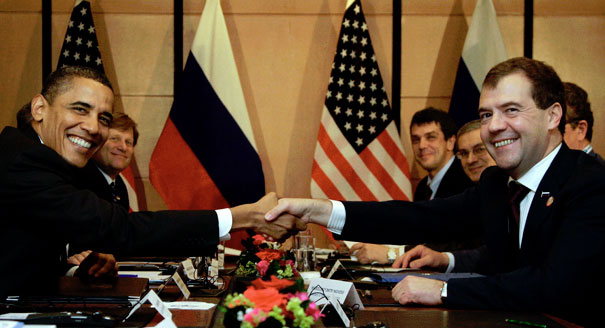Source: Russia and the Dilemmas of Nuclear Disarmament
 In contemporary discussions about nuclear disarmament, transparency is often seen as an unalloyed good. Non-nuclear-weapon states and nongovernmental organizations regularly propose new transparency initiatives. Nuclear- weapon states, meanwhile, try to demonstrate that they already are highly transparent. Yet, in this virtual openness stampede, few pause to ask why – and indeed whether – transparency is desirable.
In contemporary discussions about nuclear disarmament, transparency is often seen as an unalloyed good. Non-nuclear-weapon states and nongovernmental organizations regularly propose new transparency initiatives. Nuclear- weapon states, meanwhile, try to demonstrate that they already are highly transparent. Yet, in this virtual openness stampede, few pause to ask why – and indeed whether – transparency is desirable.
Many of the non-nuclear-weapon states and non-governmental organizations that advocate greater transparency see its main value in permitting closer scrutiny of the nuclear-weapon states and their commitment to disarmament. For fear of appearing to provide a tacit endorsement of nuclear deterrence, they are strongly disinclined to even consider whether greater transparency could, in some circumstances, negatively affect deterrence; instead, they prefer to assert – as though it were a truism – that greater openness would automatically result in greater security.
This approach is short sighted. The nuclear-weapon states have made it clear that abolition will be a gradual process with progress towards disarmament tied to changes in the broader international security environment. Given that nuclear weapons will continue to exist for some time, it is in the interests of all states that further transparency does not undermine the stability of deterrence by, say, precipitating an arms build-up or increasing the probability of nuclear use.







